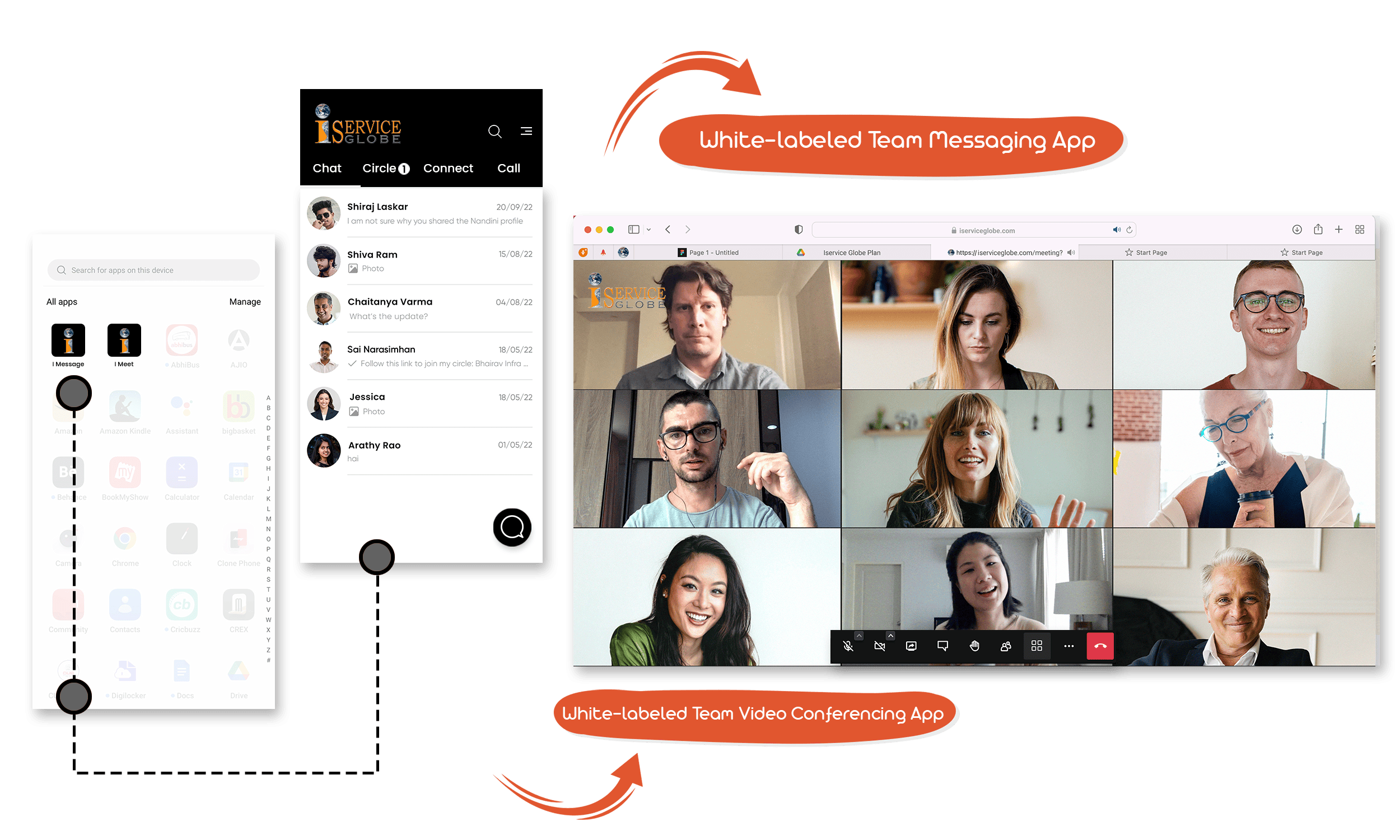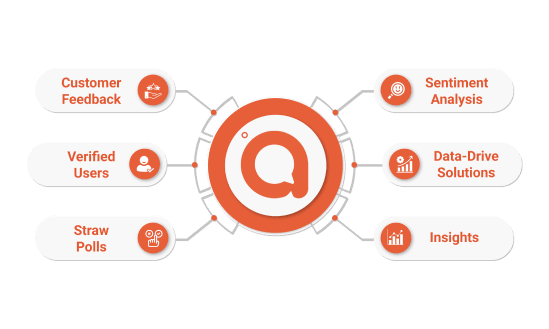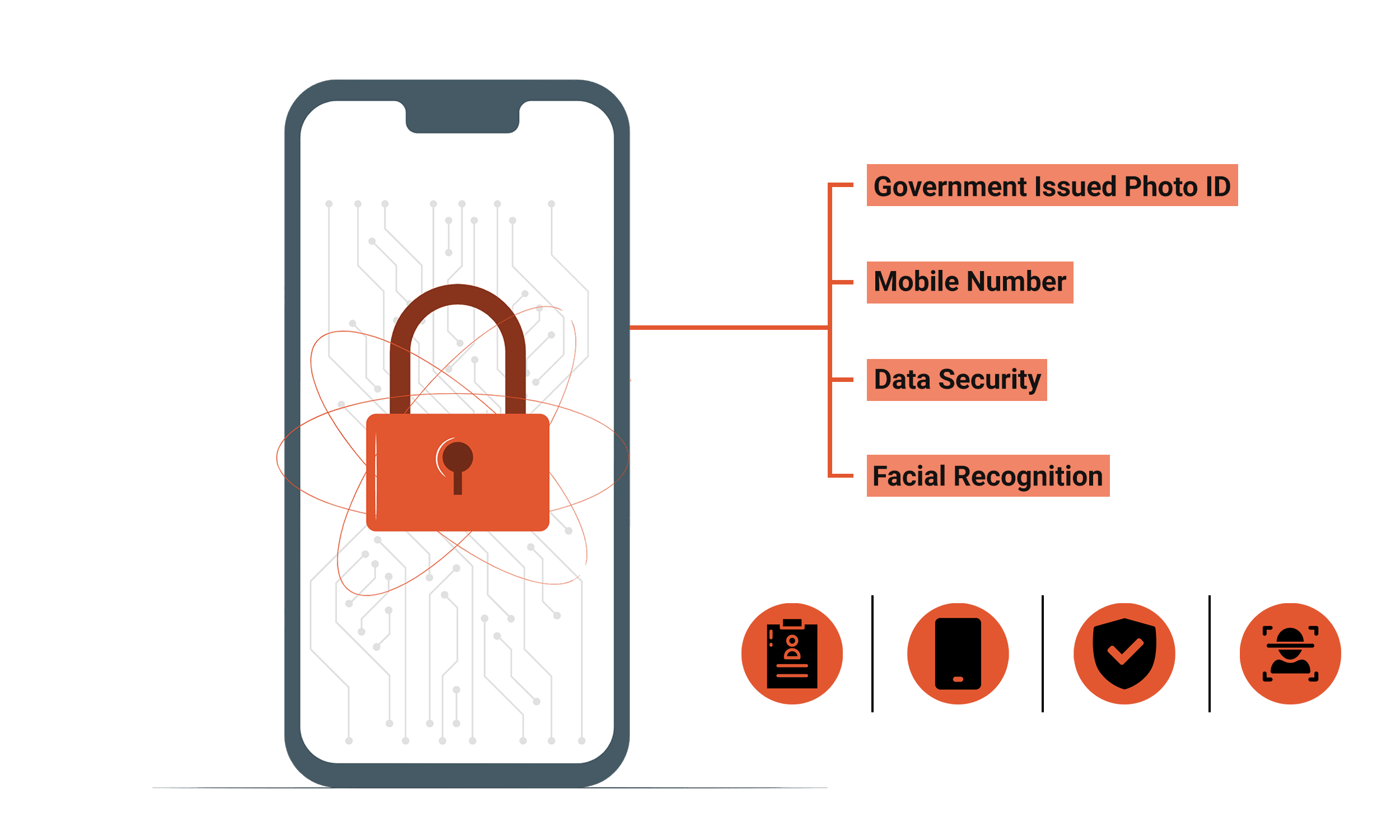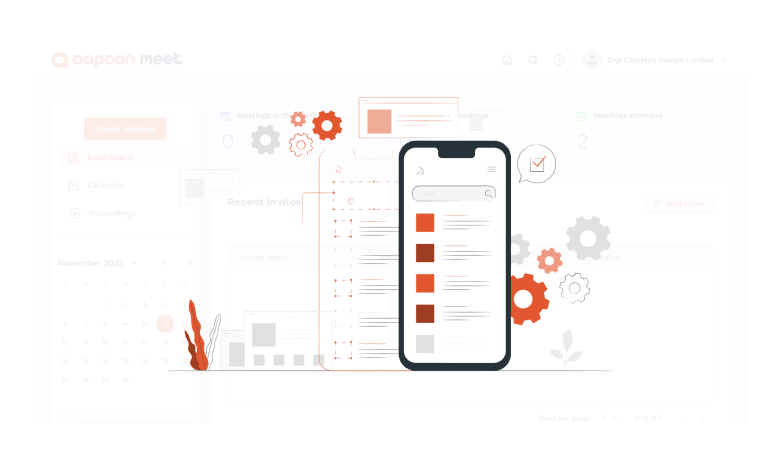Post-Quantum, Secure, Enterprise Messaging & Video Conferencing Platforms
Data Never Leaves the Platform or
Sold to Third Parties - Ultimate Privacy
Sold to Third Parties - Ultimate Privacy
aapoon's Post-Quantum Cryptography is a game-changer in security, giving users the reins to encryption keys for ultimate privacy. With future-proof quantum-resistant tech, the data stays safeguarded. aapoon offers on-premises solutions and customizable features, ensuring unparalleled levels of personalization and security that platforms like WhatsApp & Telegram simply can't match!

White-labeling and Premium services for your private social network
White-Labeled Communication Apps
aapoon messenger and aapoon meet apps available in Apple and Google Play stores are free and can be downloaded and used.
White label app is the deployment of aapoon software as an app with the corporate name, branding, and customizations that meet the business requirements of any large organization. aapoon is the only company that offers its customers an option to own their data by white labeling which is not available with other platforms like WhatsApp, Telegram, etc.

Premium Services
Businesses that use our free app can request paid premium features, including customer feedback, verified users, straw polls, sentiment analysis, data-driven solutions, and insights. By upgrading to our premium features, businesses can increase their productivity and get a leg up on the competition.

Secured Communication Platforms
aapoon provides a higher level of security than other social media and video conferencing apps on the market today. Our app features include phone verification, facial recognition, and unique secure tokens for meeting attendees.

App customization
Our white labeling services also extend to customizing the apps to suit your needs better. This way, you can get the most out of our services without having to compromise on quality or functionality.

Popular Blogs
White-Labeled Messaging and Communication Apps for Businesses, Universities, Non-Profits & Political Parties



